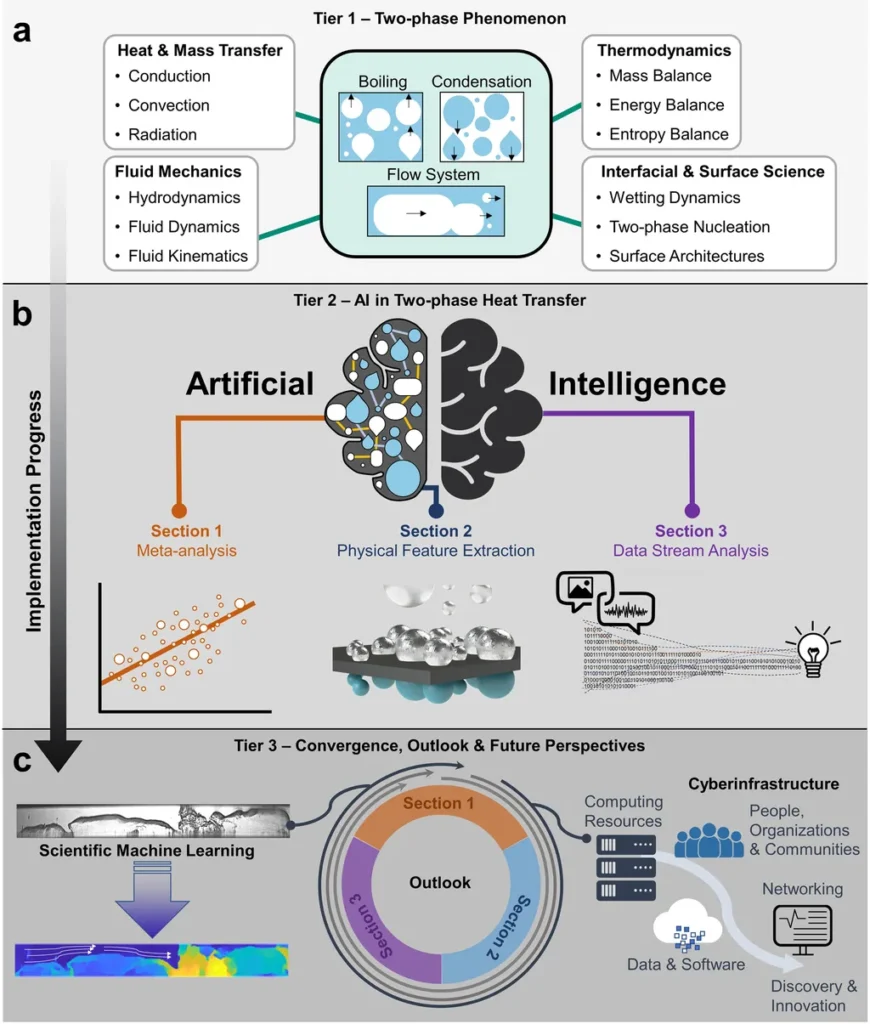In the realm of energy and electronics, managing heat is a critical challenge. A team of researchers from the University of Illinois, led by Professor David Cahill and including Mayur Singh, Lokanath Patra, Chengyang Zhang, Greg MacDougall, Suman Datta, and Satish Kumar, has made strides in understanding how heat moves across interfaces between metals and semiconductors. Their work, published in the journal Nature Communications, could have significant implications for improving the performance of electronic devices and, by extension, the energy industry.
The researchers focused on the interface between silicon (Si) and titanium (Ti), which is commonly used in micro and nano-electronic devices. They developed a sophisticated computer model, called a Neuroevolution Potential (NEP), to simulate the behavior of atoms at these interfaces. This model can accurately predict how heat moves across the interface, considering the complex structures that form there.
The team found that the type of silicide layer—amorphous or crystalline—that forms at the Si/Ti interface significantly affects how well heat can move across it. They discovered that when the silicide layer is very thin (less than 1.5 nanometers), an amorphous layer allows for more efficient heat transfer than a crystalline one. However, when the layer is thicker than 1.5 nanometers, the trend reverses, and the crystalline layer becomes more effective. They also found that different crystalline phases of the silicide layer can affect heat transfer, with the C54 phase being more efficient than the C49 phase.
These findings provide valuable insights into how to design and optimize interfaces in electronic devices to improve heat dissipation. In the energy industry, this research could lead to more efficient power electronics, which are crucial for renewable energy systems and electric vehicles. Better heat management can also extend the lifespan of electronic components and improve overall system performance.
The researchers validated their simulations with experimental measurements using a technique called time-domain thermoreflectance (TDTR). The excellent agreement between the simulations and experiments underscores the accuracy and reliability of their model. This work demonstrates the power of machine learning in advancing our understanding of thermal transport at the atomic scale, paving the way for innovative solutions in energy and electronics.
Source: Nature Communications
This article is based on research available at arXiv.

